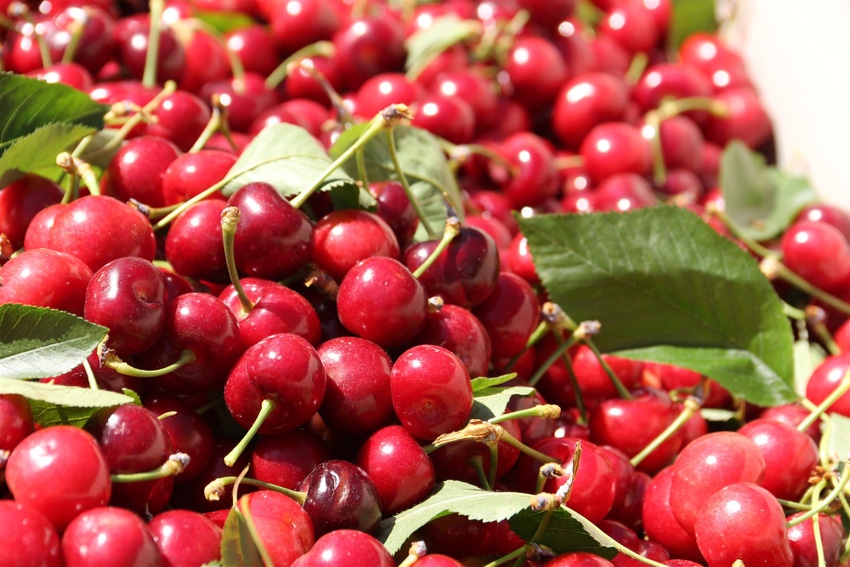
Tests show produce sold in California stores is safe and untainted by pesticides
Regular testing of produce sold in California shows that nearly all of our fruits and vegetables are free from toxic levels of pesticide residue and points to the value of testing protocols employed by the Department of Pesticide Regulation
December 22, 2016

The annual survey of pesticide residue inspections is in from the California Department of Pesticide Regulations (DPR), and if there’s one government report that agricultural advocates should trumpet, it’s this one.
While it’s easy at times to be critical of DPR activities – proposals to force one-size-fits-all buffer zones around public schools and daycares is just one of those farmers have rightly criticized – here’s something we should all agree is a good thing. Here’s why.
Chemical residues on our fruits and vegetables are something the activists like to trumpet. Who wants to buy produce with a chemical residue on it in the first place?
According to the latest DPR report, the produce we purchase at the store, farmers market and elsewhere in the state is largely free of residues, or the detectable traces of residue found by state-of-the-art machines that can detect the minutest of foreign substances are so small as to not rise to the level of unsafe.
This is good news on a number of fronts.
First, it says the products used by farmers are being used correctly, both in application amounts and in the interval between application and when the food arrives at the store. Additionally, it tells us that the fear-mongering we’re exposed to on a constant basis is baseless.
It’s those instances of violations that need to become part of the national debate.
Though small in percentage it still bears mentioning that of those items found with illegal residues on them, DPR says a “significant” number of these cases come from imported produce. That’s not to say imports are the sole source of illegal pesticide residues. There’s the example of the south San Joaquin Valley grape grower fined $10,000 for using an illegal pesticide – something not even labeled for grapes – on his crop.
Those grapes were discovered in a market by the DPR and traced back to the farm, where tests there determined the off-label use of a particular pesticide.
Still, we see incidents of produce from Mexico and products from China that were also caught and destroyed by state officials because they had illegal residue levels on them.
Not only does this suggest a definite value in what DPR does with its testing protocols, but it ought to give consumers a high level of reassurance that domestic produce is safe to consume.
Speaking as one of those consumers, it makes me more apt to seek out U.S.-grown produce at the grocery store because I am familiar with these protocols and trust them to ensure my access to safe food products.
You May Also Like



